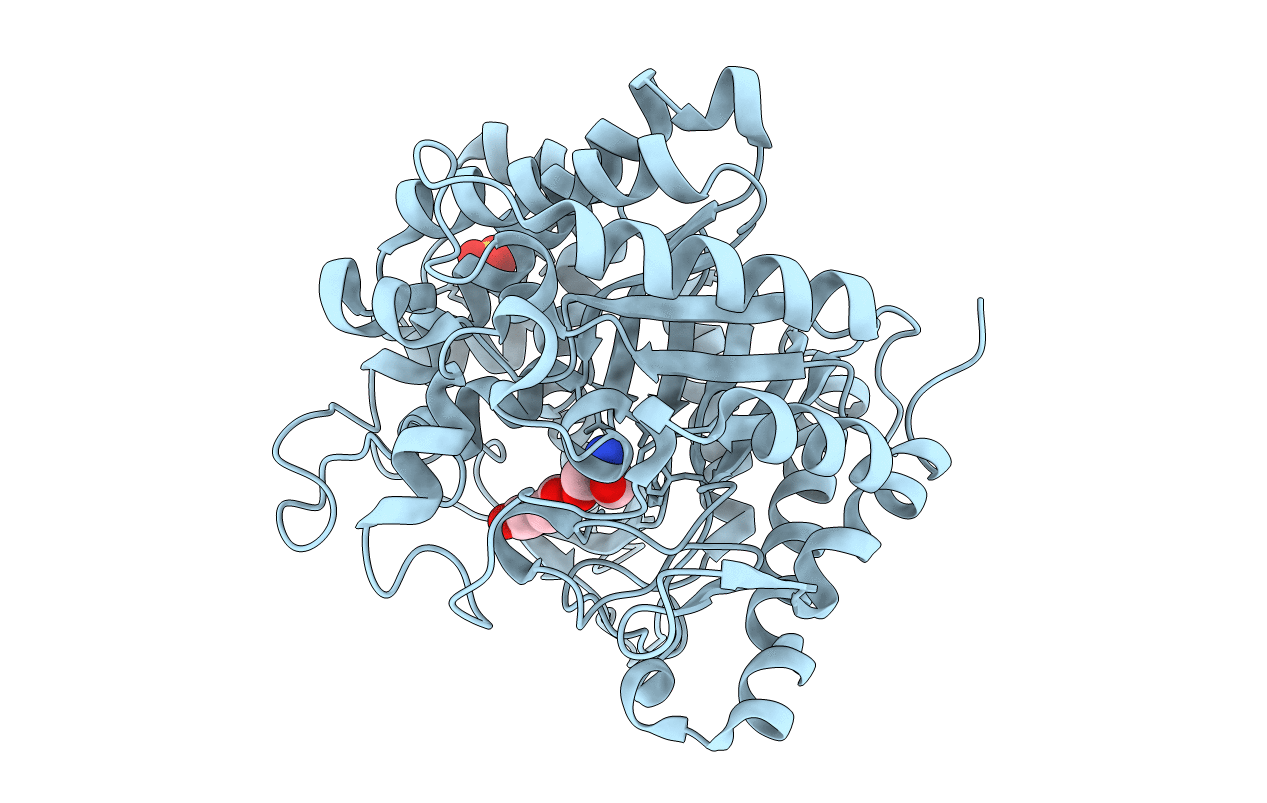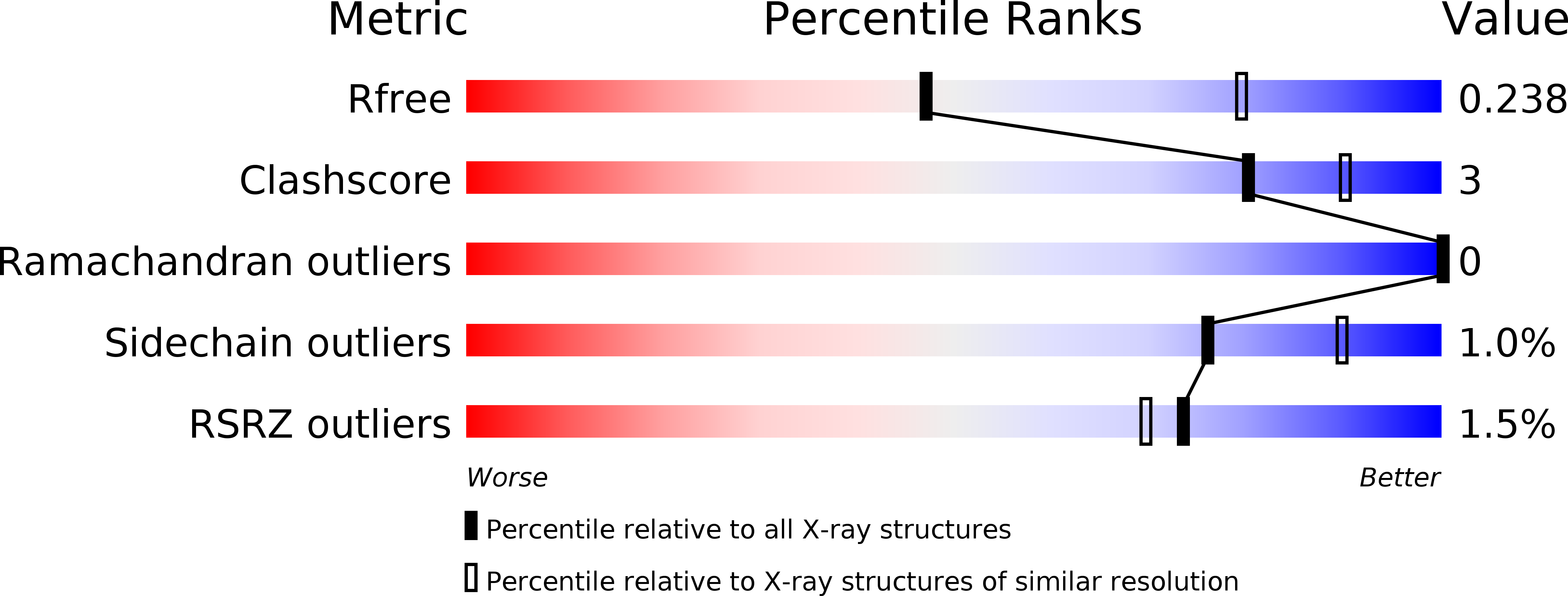
Deposition Date
2013-08-23
Release Date
2014-06-25
Last Version Date
2024-02-28
Entry Detail
PDB ID:
4MDO
Keywords:
Title:
Crystal structure of a GH1 beta-glucosidase from the fungus Humicola insolens
Biological Source:
Source Organism:
Humicola grisea var. thermoidea (Taxon ID: 5528)
Host Organism:
Method Details:
Experimental Method:
Resolution:
2.60 Å
R-Value Free:
0.23
R-Value Work:
0.16
R-Value Observed:
0.17
Space Group:
P 65 2 2


